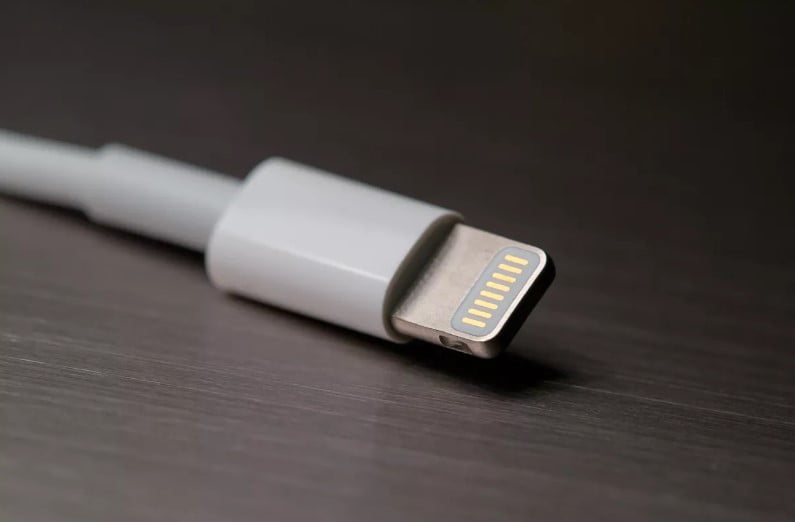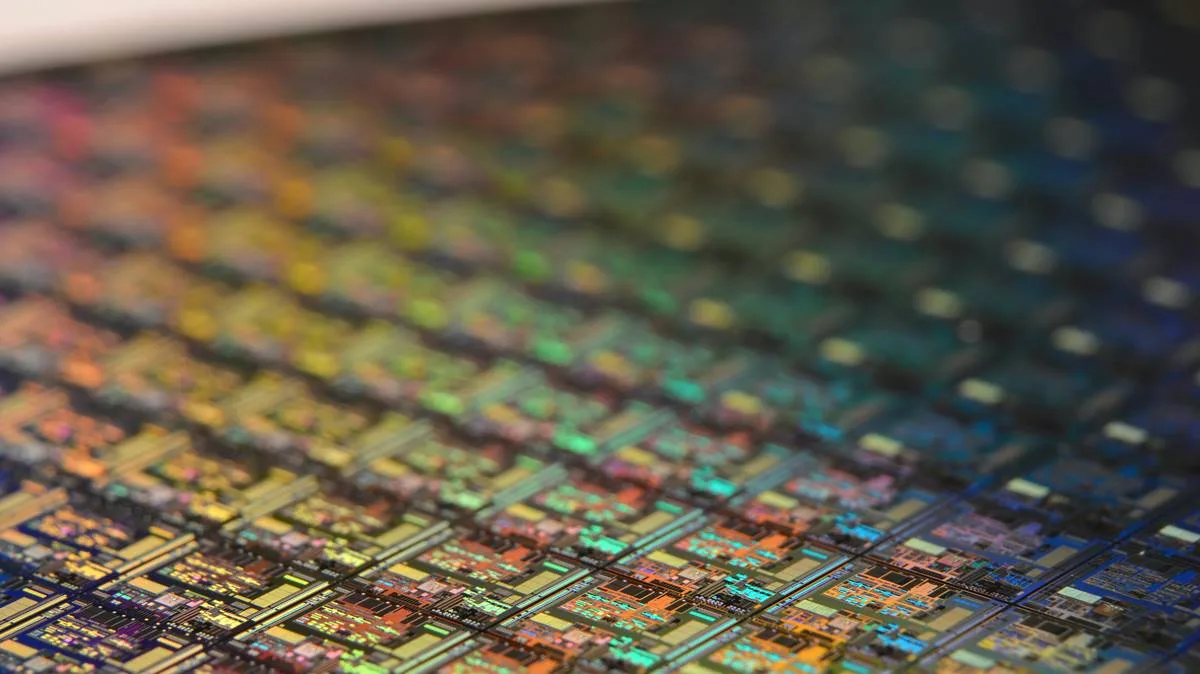Engineers at Penn have introduced a groundbreaking technology with the potential to revolutionize computing. Their innovative chip, which harnesses light for AI computations, offers significantly faster processing speeds and reduced energy consumption. This breakthrough is made possible through silicon-photonics (SiPh), a field combining silicon with light manipulation techniques pioneered by Penn Professor Nader Engheta.

Unlike traditional computing chips, which rely on decades-old principles, this chip operates at the speed of light, marking a potential paradigm shift in computing. Collaborative efforts led by Associate Professor Firooz Aflatouni focused on enabling the chip to perform vector-matrix multiplication crucial for neural networks, key to AI applications.
The chip’s design allows for rapid mathematical operations by strategically altering the height of the silicon wafer to control light scattering. Beyond its computational prowess and energy efficiency, the chip enhances privacy by performing multiple calculations simultaneously, reducing vulnerability to hacking.
While the chip holds promise for future computing devices, its integration into everyday technology may take time. Nonetheless, its potential impact on computing efficiency, speed, and security is poised to shape the future of AI-driven technologies.









